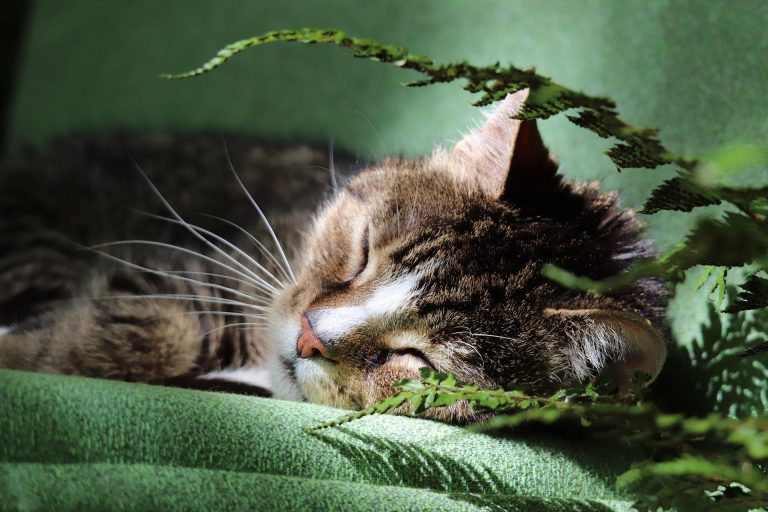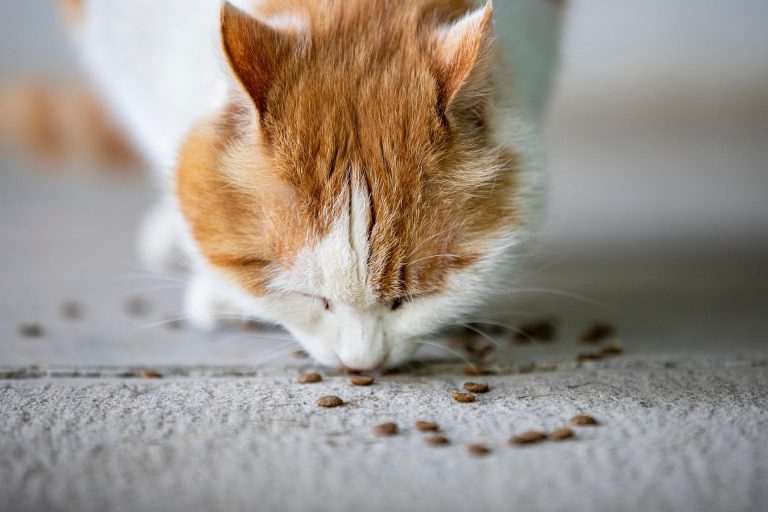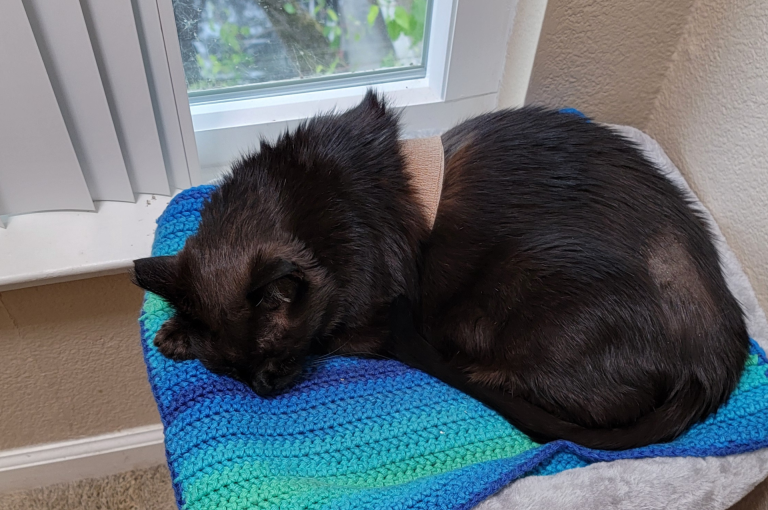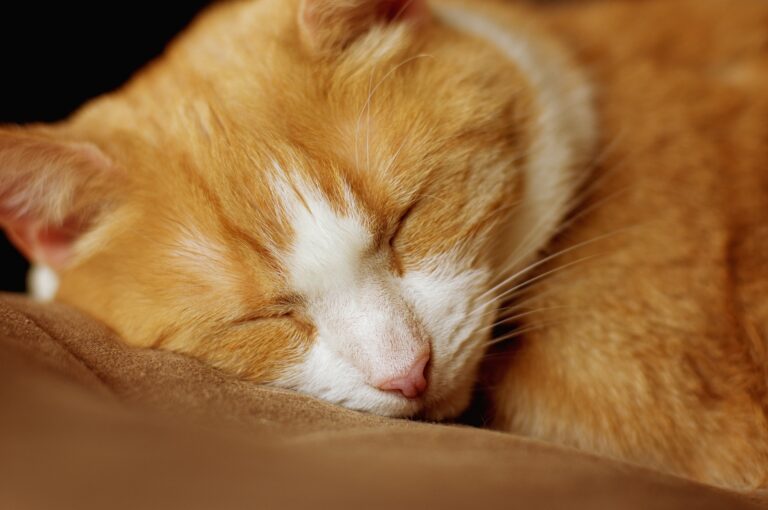Feeding your cat the right diet is one of the most powerful tools you have to manage feline diabetes. Fortunately, the solution is simple. Feed a low-carbohydrate, high-protein wet diet.
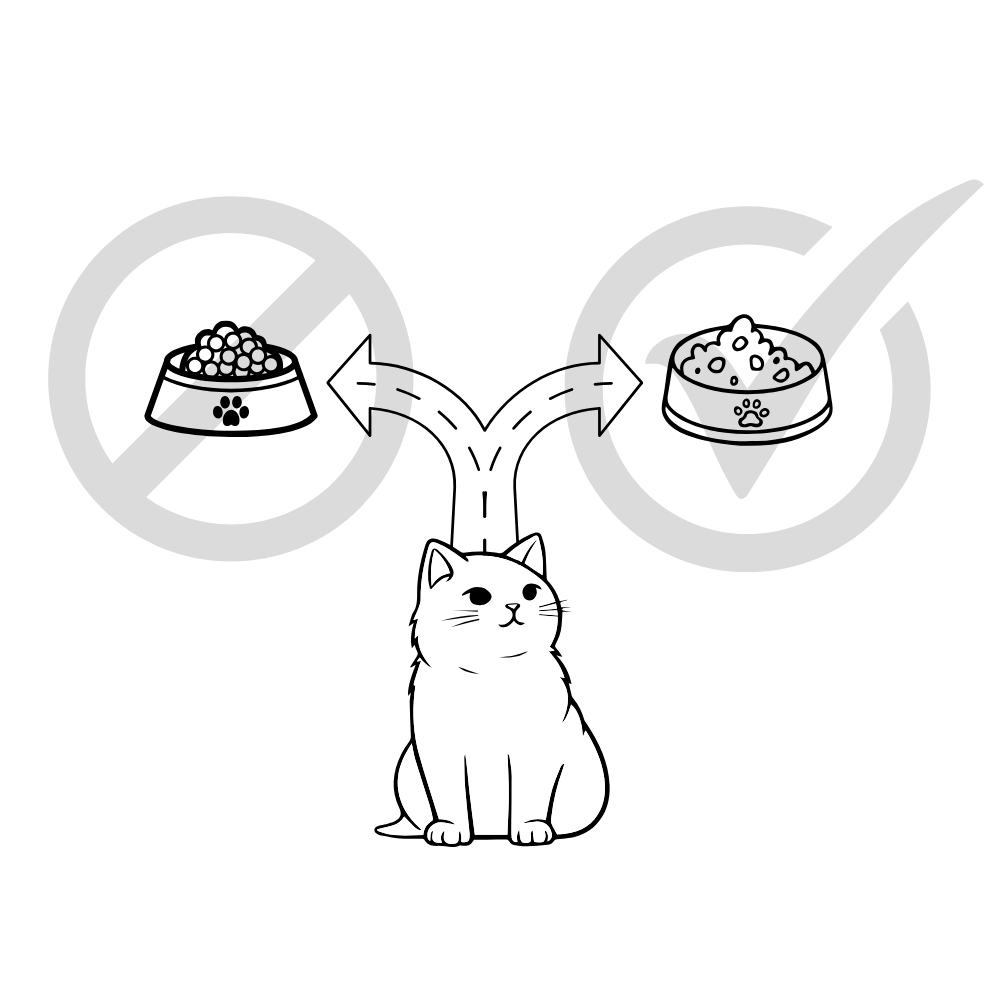
Why Diet is Important
When a cat is diagnosed with diabetes, diet becomes one of the most important tools for managing the condition. Unlike dogs or humans, cats are obligate carnivores — their bodies are built to run on animal protein and fat, not carbohydrates. Yet most commercial cat foods, especially dry kibble, are loaded with starches that cats have no biological need for. These excess carbs spike blood sugar and make diabetes harder to control. Fortunately, changing a cat’s diet to one that is low in carbohydrates and rich in quality protein can dramatically improve blood sugar regulation and even lead to remission.
The Hidden Danger of Carbs in Dry Food
Dry food may be convenient, but it comes with a hidden cost. Even premium dry foods typically contain too many carbohydrates, which can wreak havoc on a diabetic cat’s blood sugar. These carbs might not be listed directly on the label, but they’re there — needed to bind the kibble together during manufacturing. For a diabetic cat, these hidden starches act like sugar bombs, causing glucose levels to spike and crash unpredictably. Long-term, they can increase insulin resistance and make it harder to stabilize the disease. Many cats have even been diagnosed with diabetes while eating so-called “prescription” dry foods marketed for blood sugar control.


Why Wet Food is Better
Wet food — whether canned, cooked, or raw — is naturally low in carbohydrates and high in moisture, which makes it far more appropriate for a diabetic cat. These diets are closer to a cat’s natural prey in both nutrient content and water content. Feeding a low-carb, high-protein wet diet helps flatten glucose curves, reduce insulin requirements, and in many cases, lead to full remission. Another major benefit: moisture. Cats are not naturally good water drinkers, so feeding a diet with 75–80% moisture helps support kidney and urinary tract health, especially in older or already-compromised cats.
Transitioning from Dry to Wet
Switching from dry food to wet food isn’t just a nutritional change — it’s a medical one. Diabetic cats often need less insulin once they’re no longer eating high-carb dry food. This is a good thing, but it can also be dangerous if the insulin dose isn’t adjusted accordingly. That’s why home testing — or using a CGM — is so important when changing your cat’s diet. Some cats will dive into wet food immediately; others may take days or weeks to fully transition.
Homemade & Raw Diets
For caregivers who want complete control over ingredients, homemade and raw diets can be a great option. They allow you to eliminate fillers, starches, and questionable byproducts. But they come with a warning: these diets must be balanced properly. A raw or home-cooked diet that lacks essential nutrients — like calcium, taurine, or vitamin A — can cause long-term harm. If you go this route, use veterinary-formulated recipes and don’t “wing it.” Pre-mixes like EZ Complete or Balance It can help simplify the process, but it’s still important to research and follow safe practices, especially when feeding raw.
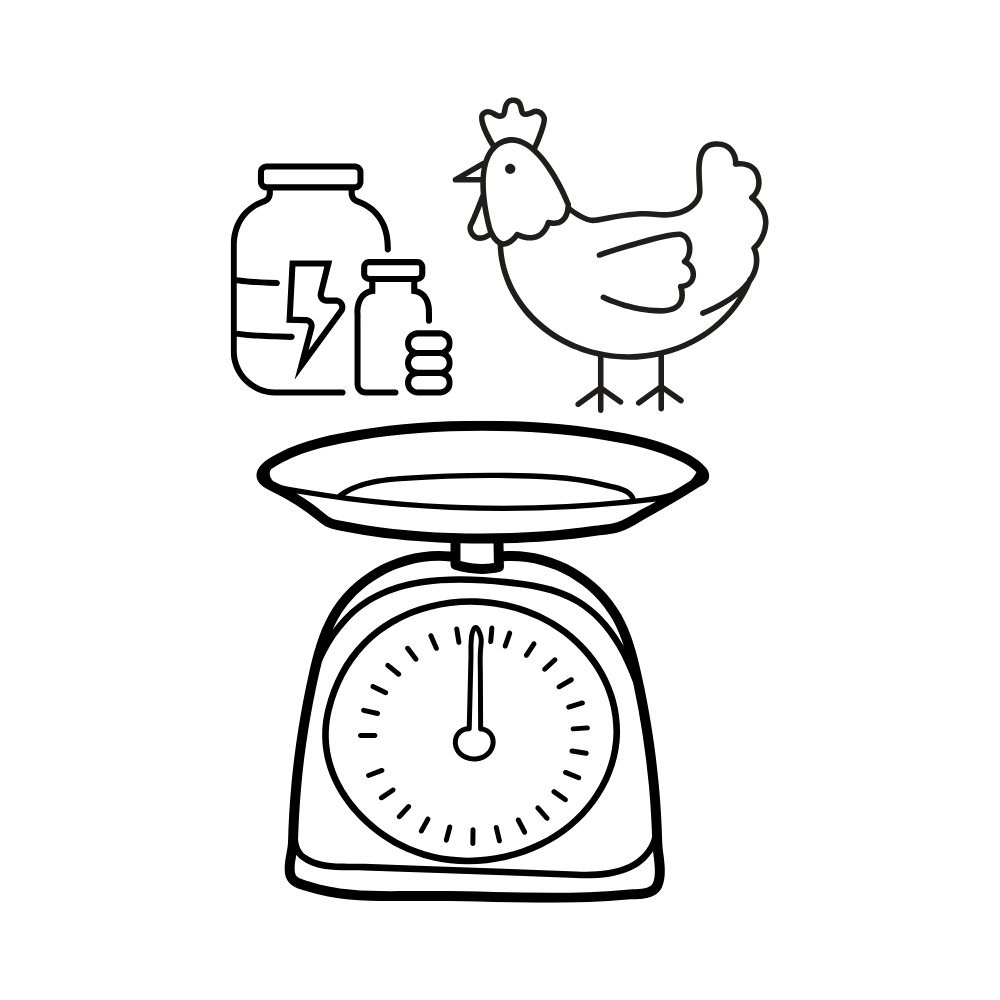

Diet Goals
For diabetic cats, the dietary targets are clear: under 10% of calories from carbohydrates, at least 40% from protein, moderate fat, and high moisture content. Most canned or raw foods meet these targets, while dry foods almost never do. Since pet food labels don’t list carbohydrate percentages, you’ll need to do a little math — or use online charts to check the carb content. Look for foods labeled as “pate” or “classic loaf,” as these usually have fewer carbs than gravies or chunks in sauce. The closer you get to a cat’s natural nutritional profile, the better the chances of regulation — or even remission.
Explore these trusted resources for more on feline nutrition and diabetes:
Lisa Pierson, DVM – CatInfo.org – Detailed discussions on species-appropriate feline diets
The Carnivore Connection (Zoran, DVM, Ph.D.) – A veterinary journal article on feline metabolic needs
More food charts:

